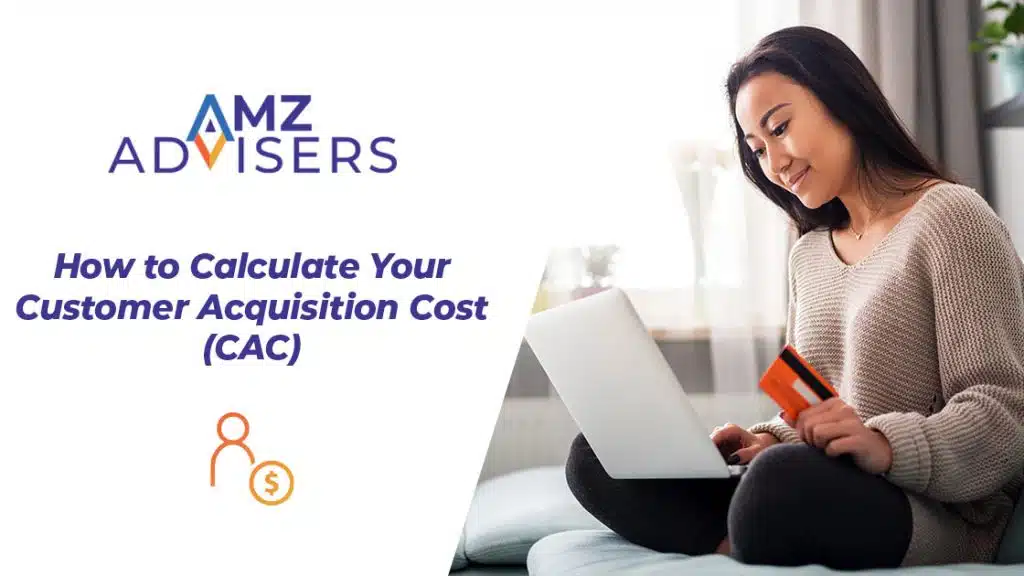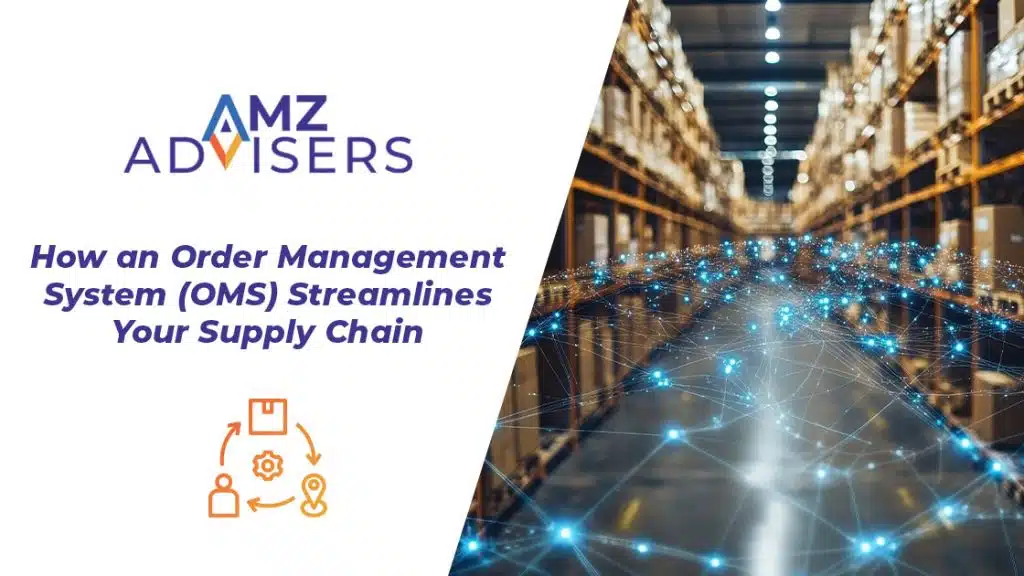If you sell on FBA and different platforms, you can use Amazon MCF for fulfillment.
Ecommerce is the standard way to shop. While Amazon is still at the top of the game, your consumers have many more options. They may prefer buying handcrafted goods from Etsy or finding previously loved vintage pieces on Facebook.
All of these sales channels offer new opportunities for sellers. But there’s one problem: how do you keep up with all these marketplaces?
Amazon found a solution: multi-channel fulfillment. You can link your Amazon Seller Central account to your ecommerce store, social media sales channels, and more.
What Is Amazon MCF?
Multi-channel fulfillment (MCF) is an Amazon feature that allows sellers to fulfill sales on their Amazon account from several channels.
Amazon is one of the best-known fulfillment providers. Here’s a snapshot of Amazon MCF and what you can expect:
- Can offer fast shipping and delivery without a Prime membership
- Store your inventory at Amazon warehouses
- Choose your packaging options
- Handles all customer service and returns
If you already use fulfillment by Amazon (FBA), you can store all products in the same warehouse you use. There are some differences between Amazon MCF and FBA, but we’ll cover those later.

How Does MCF Work?
Fulfilling orders is easy with Amazon MCF. You can fulfill orders in three simple steps:
- Send your inventory to an Amazon fulfillment center.
- Customers purchase your products on Amazon or another sales channel.
- Amazon receives the order, picks and packs it, and ships it to your customers.
If you’re concerned about Amazon branding on your packaging, you can always opt for a plain box or bag.
What If You’re an International Seller?
If a chunk of your customers live outside your home country, you may wonder if MCF is still a good option for you. The good news is that MCF is available internationally.
Understand, however, that cross-border selling may come with additional fees. Always research duties and consult with an international business lawyer.
Pros and Cons of Using MCF
Amazon MCF is a reliable option for combining fulfillment for all your sales channels. You should still consider these pros and cons before choosing this option:
Pros
- More efficient and organized operations
- Can fulfill orders from multiple channels at the same time
- Also works for Amazon FBA
- Track all orders in Seller Central from all channels
Cons
- Expensive
- It comes with storage fees, especially if your inventory has been stored for long periods.
- MCF doesn’t work for all marketplaces, like Walmart.
Amazon MCF vs FBA
Amazon MCF and FBA are very similar but also come with different features. Here are the ways that these two programs differ.
Fees
Amazon MCF fees are based on units sold, product weight and size, and domestic and international shipping fees. You can learn more about the fees here.
FBA has a flat fee per unit sold, a 15% referral fee, and storage, shipping, and handling fees. Amazon has a full breakdown of the FBA fees that you’ll pay.
Note that You must pay FBA fees separately from MCF costs if you’re using both programs.
Returns
MCF and FBA are similar in this way. Since Amazon controls fulfillment for both programs, they also handle all returns. The main difference is the type of return policy you have.
All FBA sellers must follow Amazon’s return policy. If they have their own, it must meet Amazon’s guidelines. However, MCF sellers can have their own return policy (but all products sold through FBA must have Amazon’s policy).
All MCF sellers also have the option to ship the products back to Amazon’s fulfillment centers.

Orders
FBA and MCF begin similarly. Sellers on both programs start by sending their inventory to Amazon fulfillment centers. You can manage your inventory on Amazon Seller Central, where you’ll add products and check sales.
There’s one significant difference with Amazon MCF. While Amazon will fulfill orders from your other sales channels, they may not treat those other orders the same. Accessing individual databases from your different sales channels to track earnings, shipments, and fees is still best.
MCF Strategies to Try
Two main Amazon MCF strategies will help sellers get the most from this program:
- Don’t forget to invest in marketing. Since you have multiple sales channels, many more marketing opportunities are available. For example, you can have a blog on your ecommerce website and generate more organic traffic with strategies like SEO.
- Create an Amazon storefront. If you participate in FBA, you can access several features by opening an Amazon storefront. Examples include expanding your product listings, organizing your product, and more content creation opportunities.
- Watch for restrictions. If this is the first time you’re selling on Amazon, understand that they have product restrictions for FBA sellers.
- Offer fast shipping outside of Amazon: Prime customers turn to Amazon for same-day and one-day shipping. But what about your devoted customers? Take advantage of Amazon’s extensive logistics and offer fast shipping at reduced costs.
Amazon MCF FAQs
Should I try Amazon MCF?
It depends. Amazon MCF has many benefits if you already sell on FBA but want to improve your existing ecommerce processes.
You can store your inventory at Amazon’s warehouses, and they will handle all storage and fulfillment for you. That said, Amazon MCF does come with its downsides, such as fees and product restrictions.
Do I need to sell on Amazon to use MCF?
Absolutely. While you’ll need an Amazon Seller Central account, you’re not required to list your products on Amazon or subscribe to FBA.
Will expanding to MCF affect my existing Amazon business?
No. MCF will complement your existing Amazon store. You get all the benefits of FBA and can apply them to your ecommerce website and other sales channels.
What are some alternatives?
Instead of using Amazon MCF, you can get many of the same benefits by partnering with a third-party logistics company or other remote fulfillment options. They will handle all your logistics and can get you great shipping deals.
Do my prices need to be the same on all sales channels?
Technically, no. But there are reasons why they should be. First, if Amazon discovers your products are cheaper on another channel, you could lose the Buy Box.
In addition, your customers won’t be happy if they purchase an item on your Amazon store but find it cheaper on your website.
Amazon MCF Isn’t Your Only Option
There’s a reason why Amazon is the leader in ecommerce. They offer a wide selection of products with fast shipping. But many companies also like selling on their website and other sales channels.
Fortunately, Amazon MCF is a way to combine all these platforms. You store your products at Amazon’s warehouses, and they handle all logistics, customer service, and returns. This way, you focus on the most critical aspects of your business.
Did you try Amazon MCF, and it didn’t work? Fortunately, we can help you in other ways. We offer many services, like advertising and product listing optimization so that you can put more time and energy toward your business.
Author
 Stephanie Jensen has been writing ecommerce content for seven years, and her copy has helped numerous stores rank on Amazon. Follow her on LinkedIn for more insight into freelance writing and creating high-quality content.
Stephanie Jensen has been writing ecommerce content for seven years, and her copy has helped numerous stores rank on Amazon. Follow her on LinkedIn for more insight into freelance writing and creating high-quality content.




